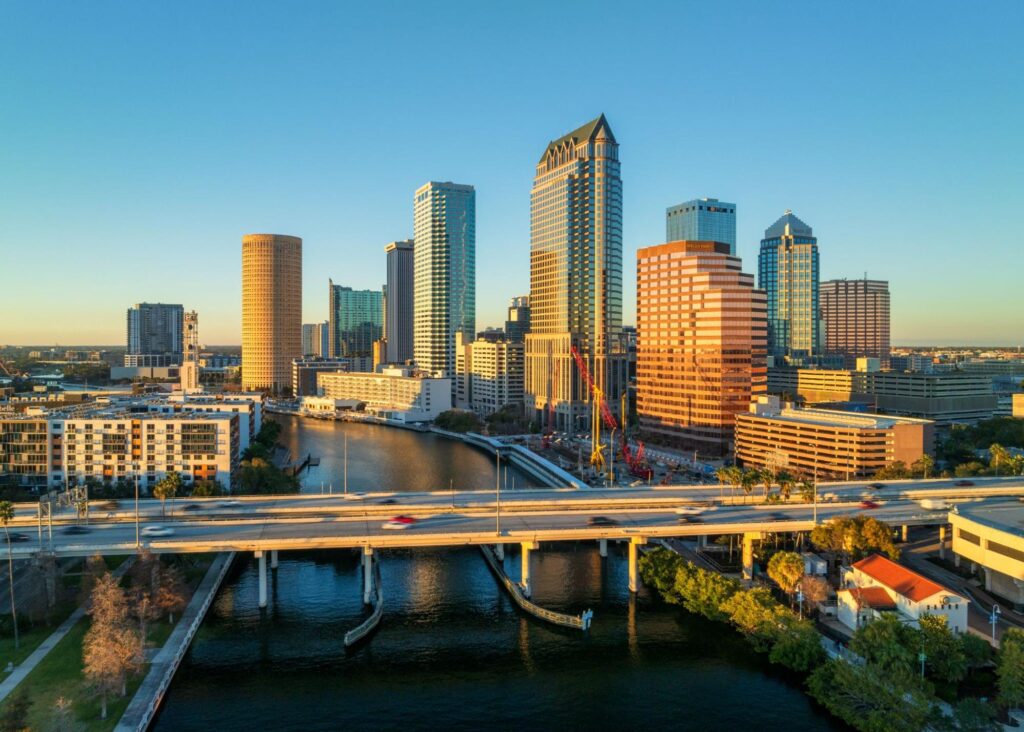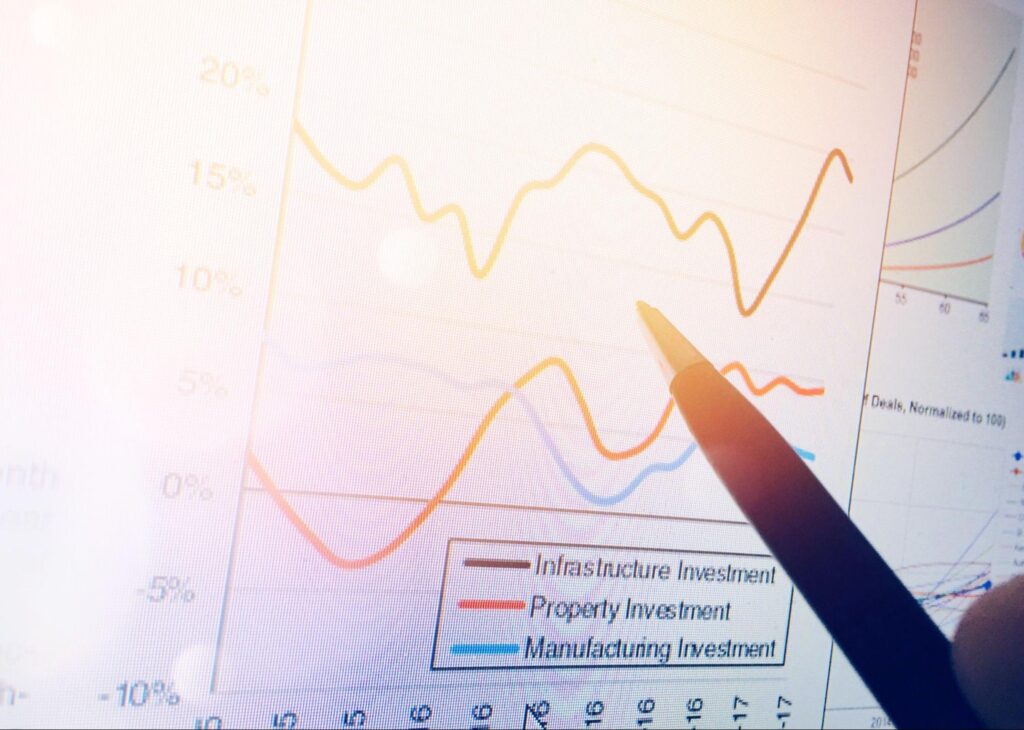Tampa is rapidly evolving, with two major trends driving the transformation of its commercial real estate market: mixed-use developments and sustainability through green buildings. These changes are reshaping how spaces are designed and used, making the city an exciting place for businesses and investors. For those looking to capitalize on Tampa’s growth, understanding these trends is essential.
The Surge in Mixed-Use Developments

Florida’s cities, known for their bustling urban environments, are increasingly embracing mixed-use developments. These projects integrate residential, commercial, and sometimes industrial spaces into a single cohesive environment, transforming how people live, work, and interact within their communities. The appeal of mixed-use developments lies in their ability to create a seamless blend of convenience and functionality, attracting both residents and businesses alike.
Midtown Tampa: A Model of Integration
One of the most striking examples of this trend is Midtown Tampa. This $1 billion development covers 23 acres in the heart of Tampa’s Westshore district and exemplifies the future of mixed-use urban planning. Midtown Tampa offers a vibrant mix of office, retail, dining, and residential spaces, all within a walkable, community-oriented environment.
The project’s centerpiece, Midtown East, recently topped off as the tallest building in the Westshore district. This 18-story tower features 430,000 square feet of Class A office space, designed with sustainable amenities such as high-performance glass and energy-efficient systems, and aims to achieve LEED, Fitwel, and Wired certifications. The development also includes Midtown West, a 152,000-square-foot office building, and The Loft at Midtown, a boutique office space, both contributing to the area’s dynamic business ecosystem.
Midtown Tampa’s design caters to modern urban living, providing amenities like Midtown Commons—a central public space—and a 3-acre lake with a recreational trail. The area hosts national brands such as REI, Sephora, and Whole Foods, as well as local and regional favorites, creating a lively environment that attracts residents, visitors, and businesses.
Westshore Plaza Transformation
Another notable project is the transformation of Westshore Plaza into a 3.5 million square feet mixed-use complex. This redevelopment aims to blend retail, office, and residential spaces, revitalizing the area into a modern urban hub. Enhancing connectivity and incorporating sustainable design elements, the new Westshore Plaza will offer a comprehensive environment where people can live, work, and shop within close proximity.
Why Mixed-Use Developments Matter
Mixed-use developments like Midtown Tampa creates a vibrant community that meet the needs of today’s urban dwellers and businesses. These projects reduce the need for extensive travel, promote local economic activity, and provide diverse revenue streams for investors. As urban living becomes more desirable, the demand for integrated living and working environments is set to grow, making these developments strategic investment opportunities.
Emphasis on Sustainability and Green Buildings

As environmental concerns gain prominence, sustainability has become a pivotal factor in the commercial real estate sector. Florida, with its warm climate and diverse ecosystems, is at the forefront of this shift towards more sustainable building practices. Investors are increasingly drawn to properties that prioritize energy efficiency and environmental responsibility, recognizing the long-term benefits these attributes bring.
Midtown East: Leading in Sustainable Design
The Midtown East tower in Midtown Tampa stands as a beacon of sustainability. The building integrates smart energy management systems, a heat-reflective roof, and floor-to-ceiling high-performance glass to enhance energy efficiency. These features not only reduce the building’s operational costs but also minimize its environmental footprint. The focus on sustainability extends throughout Midtown Tampa, positioning it as a leader in eco-friendly urban development.
Green Buildings as Smart Investments
Green buildings, which incorporate environmentally friendly design and operational practices, are more than just a response to regulatory requirements—they are a smart business strategy. These buildings reduce operating costs through energy savings and attract a growing segment of eco-conscious tenants and buyers. In Florida, where high energy consumption is a given, properties that minimize their environmental impact are particularly appealing.
For example, the energy-efficient cooling systems designed for Florida’s warm climate significantly lower energy usage and operational expenses over time. Buildings with green certifications often enjoy a competitive edge in the market, appealing to tenants who prioritize sustainability and are willing to pay a premium for environmentally responsible spaces.
Long-Term Value of Sustainability
For Florida investors, focusing on sustainable buildings means tapping into a market that values both economic and environmental benefits. Properties designed with sustainability in mind are likely to remain attractive and retain their value in the long term. They offer a compelling investment opportunity, aligning financial performance with the growing societal emphasis on environmental stewardship.
Strategic Opportunities for Investors

Leveraging Mixed-Use Developments
Investing in mixed-use developments like Midtown Tampa and Westshore Plaza allows for diversification of revenue streams and reduces the risk associated with single-use properties. These projects cater to the growing demand for integrated, convenient urban environments and are well-positioned to attract both businesses and residents.
Focus on Sustainability
Sustainability is increasingly a key factor in commercial real estate. Properties that incorporate green building practices and aim for certifications such as LEED are more likely to retain their value and attract tenants. As demonstrated by Midtown East’s sustainable design, investing in green buildings aligns financial returns with environmental responsibility, a compelling combination for forward-thinking investors.
Capitalizing on Growth Areas
Tampa’s ongoing development initiatives create fertile ground for investment. Emerging districts like Midtown and Westshore are becoming vibrant hubs of activity, offering numerous opportunities for commercial real estate investments. By focusing on these areas, investors can benefit from the economic uplift and the influx of businesses and residents drawn to these modern, integrated environments.
Tampa’s commitment to urban innovation and sustainable development is reshaping its commercial real estate landscape. Projects like Midtown Tampa and the redevelopment of Westshore Plaza highlight the city’s forward-thinking approach to creating vibrant, multi-functional urban spaces. For investors and businesses, these developments offer a wealth of opportunities to engage with Tampa’s dynamic market, promising high returns and a stake in the city’s exciting future.
By staying ahead of these trends and investing in mixed-use and sustainable projects, investors can position themselves at the forefront of Tampa’s growth, ensuring robust returns and a positive impact on the community. For more insights and guidance on navigating Tampa’s commercial real estate opportunities, contact Florida ROI today.
Frequently Asked Questions
Question: What are the key benefits of investing in mixed-use developments in Florida?
Answer: Mixed-use developments offer diverse revenue streams, increased property value, and create vibrant communities that attract both residents and businesses.
Question: How does sustainability impact the value and desirability of commercial real estate properties?
Answer: Sustainable properties reduce operational costs, attract eco-conscious tenants, and are better positioned to meet future regulatory and market demands, enhancing their long-term value.
Question: What specific sustainable practices are most important for commercial buildings in Florida?
Answer: Energy-efficient cooling systems, water conservation technologies, and obtaining green certifications like LEED are crucial for commercial buildings in Florida.
Sources: Florida Yimby, Florida of Tomorrow



